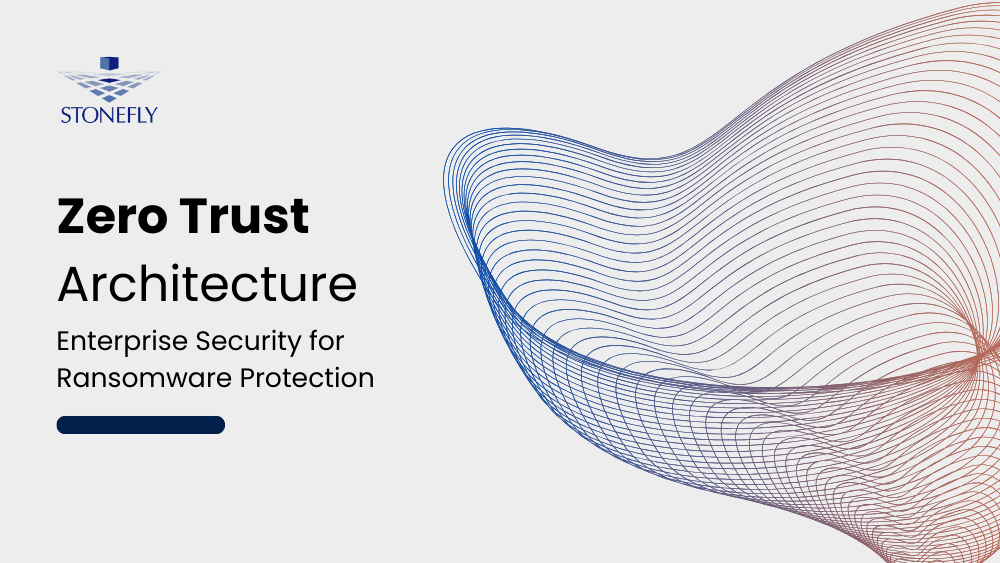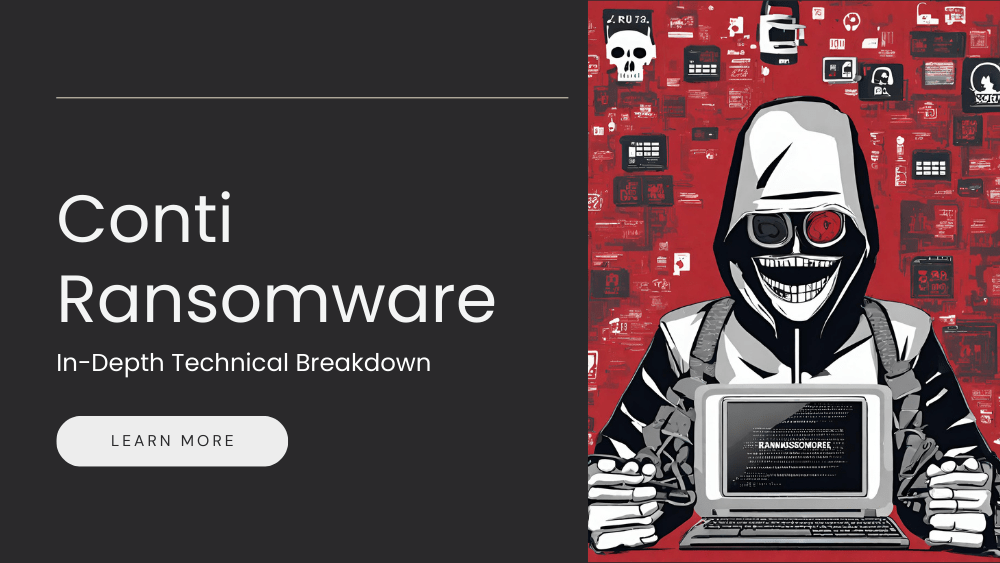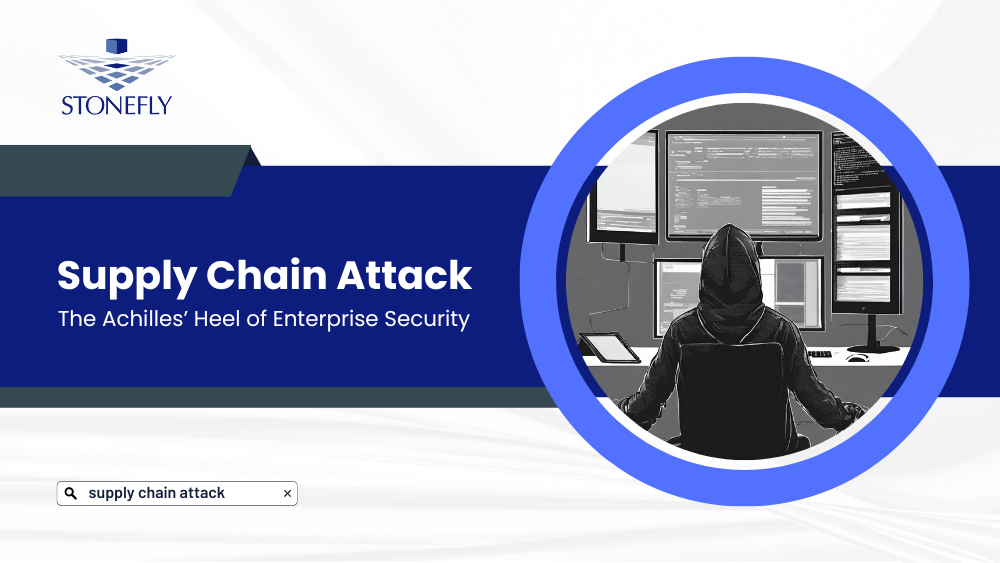In simple terms Storage Hypervisor is a portable software program that can run on a physical server hardware platform, on a virtual machine, inside a hypervisor OS or in a Storage Network. The software offers a comprehensive monitoring function and storage control, in order to function as a transparent virtual layer across centrally managed disk pools and thus offers improvement in speed, utilization and availability.
The Storage Hypervisor is so named because it goes beyond a supervisor, is conceptually a level higher than a supervisor and therefore acts as the next higher level of management and intelligence and sits above and spans its control over device level storage controllers, disk arrays, and virtualization middleware. The aim of a storage hypervisor is to virtualize the individual storage resources which are under its control and to create a single or more flexible pool of storage capacity.
Storage Hypervisors offer extended provisioning, data protection, replication and performance acceleration services, which is possible by the supplementation of individual capabilities, by enhancing the combined value of multiple disk storage systems. In disparity to embedded software or else a disk controller firmware confined to the storage system. A storage hypervisor can function on different models and types of storage which includes SSD, SAN, DAS and Unified Storage environment.
A storage hypervisor enables hardware interchangeability and present uniform virtual devices and services from dissimilar and incompatible hardware without any interruption to the virtual storage environment.
A storage hypervisor does for storage resources what the server hypervisor (VMware ESX, Microsoft Hyper V, Citrix XenServer) did for server resources. A storage hypervisor changes how the server hypervisor handles storage I/O to get more performance out of existing storage resources, and increases efficiency in storage capacity consumption, storage provisioning and snapshot/clone technology. A storage hypervisor, like a server hypervisor, increases performance and management flexibility for improved resource utilization.







